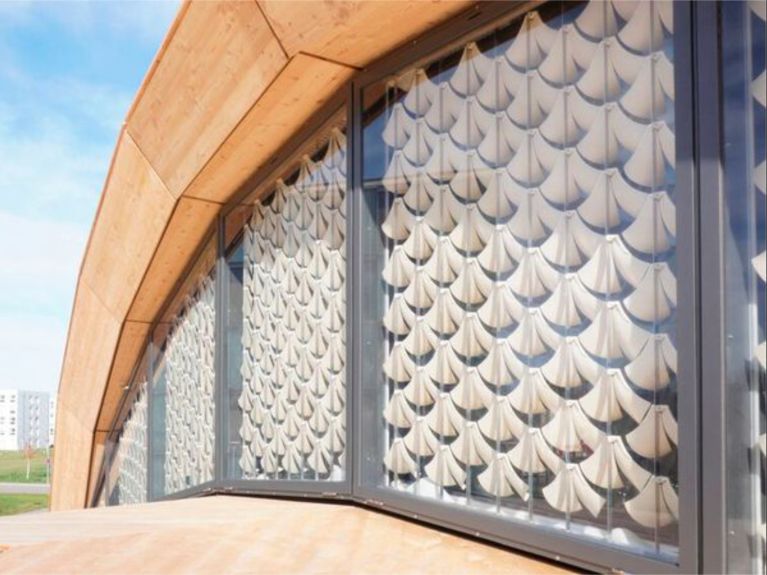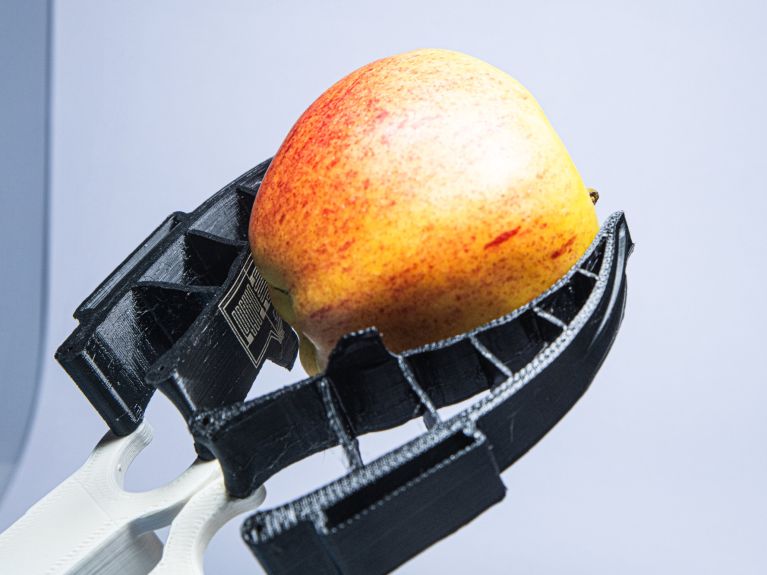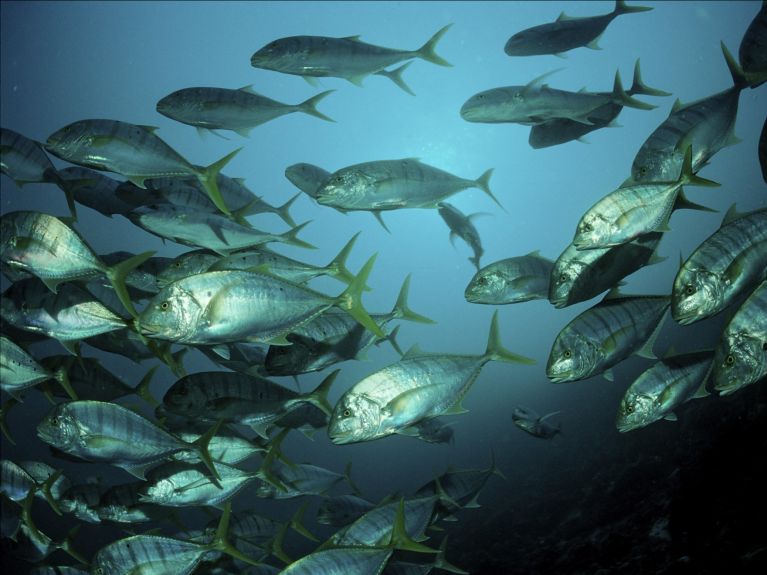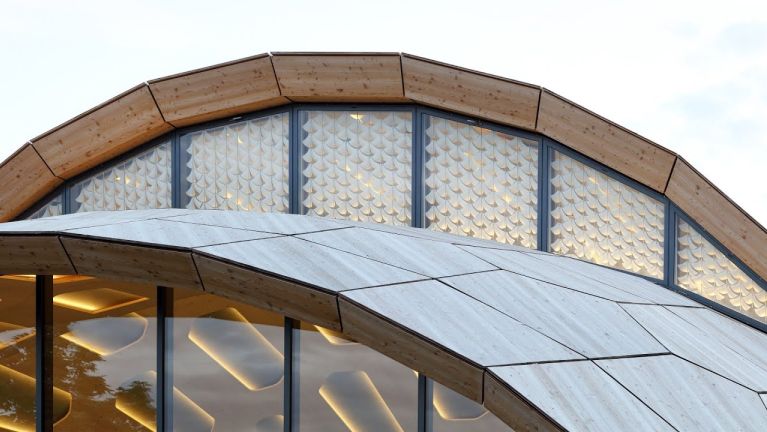Learning from pine cones
Researchers in Germany are using creative ideas from nature to develop innovative technology.

Understanding how nature solves problems and letting that inspire you: that’s bionics in a nutshell. Many research teams in Germany are working on innovative ideas derived from nature.
Sun protection thanks to pine cones
Be it heat or shade: Their movable scales enable pine cones to adapt to the weather – without expending any additional energy. “Solar Gate”, a system that shades facades, can also do this.
Dieses YouTube-Video kann in einem neuen Tab abgespielt werden
YouTube öffnenThird party content
We use YouTube to embed content that may collect data about your activity. Please review the details and accept the service to see this content.
Open consent formA team from the universities of Stuttgart and Freiburg has succeeded in replicating the structure of cellulose in plant tissues using standard 3D printers. This enables them to transfer the functionality and robustness of biological models into a shading system for buildings that adapts to changing weather conditions in a manner that is self-sufficient in terms of energy.
Fish as a prototype for gripping robots

Researchers at the Fraunhofer Institute for Materials and Beam Technology IWS are using their BioGrip project to develop a gripping mechanism that – following the example of nature – can grip firmly without causing damage. This should enable harvesting robots to pick strawberries without squashing them, or rovers to retrieve unknown, sensitive samples from distant planets or the deep sea floor. The inspiration came from the fins of certain fish, which react to pressure not with an evasive movement but with a counter-movement.
Filtering microplastics from water

Fish are also providing inspiration to researchers at the University of Bonn. They want to filter the microplastics from washing machines that end up in rivers and oceans. This requires filters that can capture plastic particles smaller than five millimetres. Filtering fish can for instance filter tiny particles from water. The researchers in Bonn have used their “FishFlow” project to investigate the gill systems of various fish and then create models using 3D printing. This technology is now intended to be used to develop filters.



